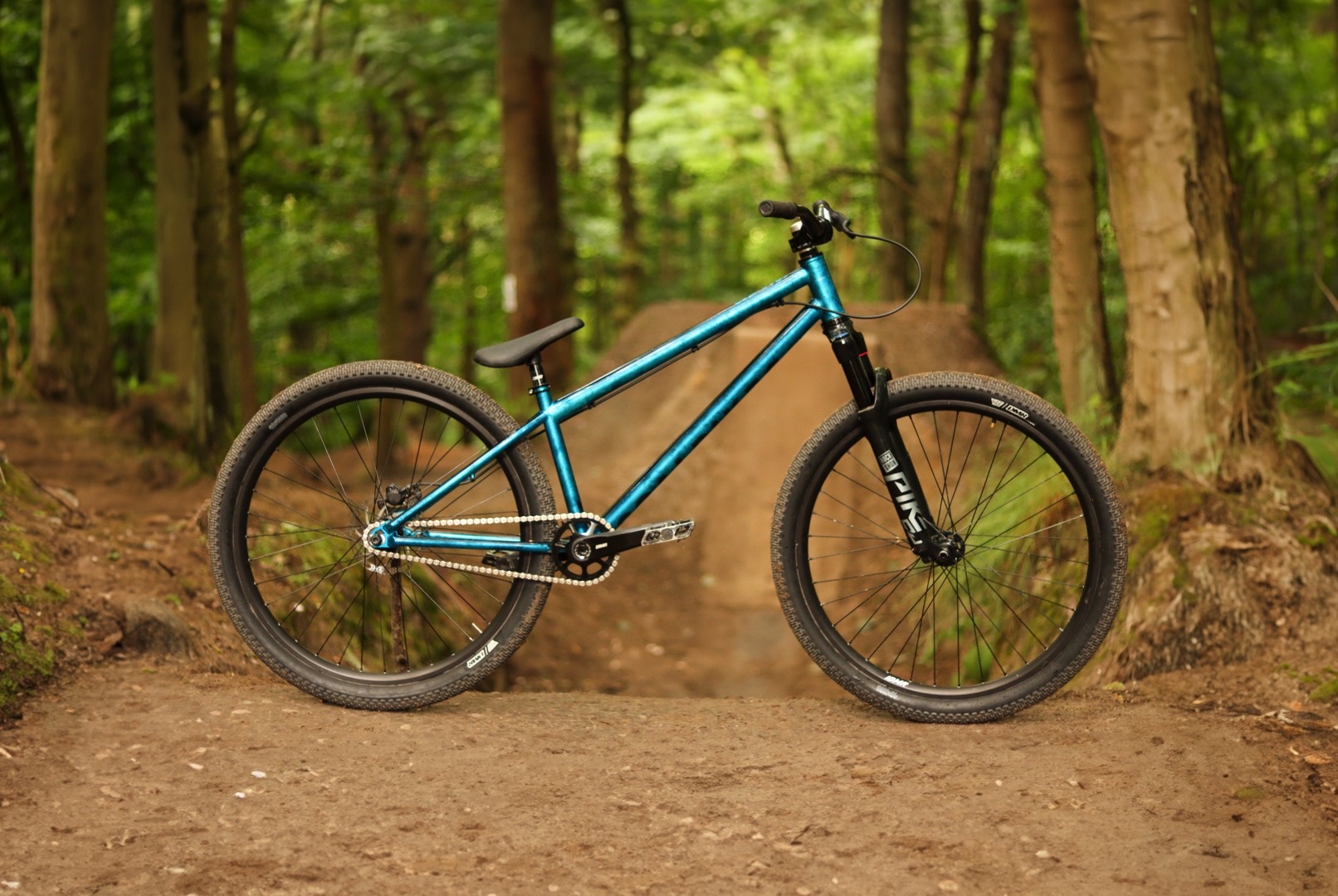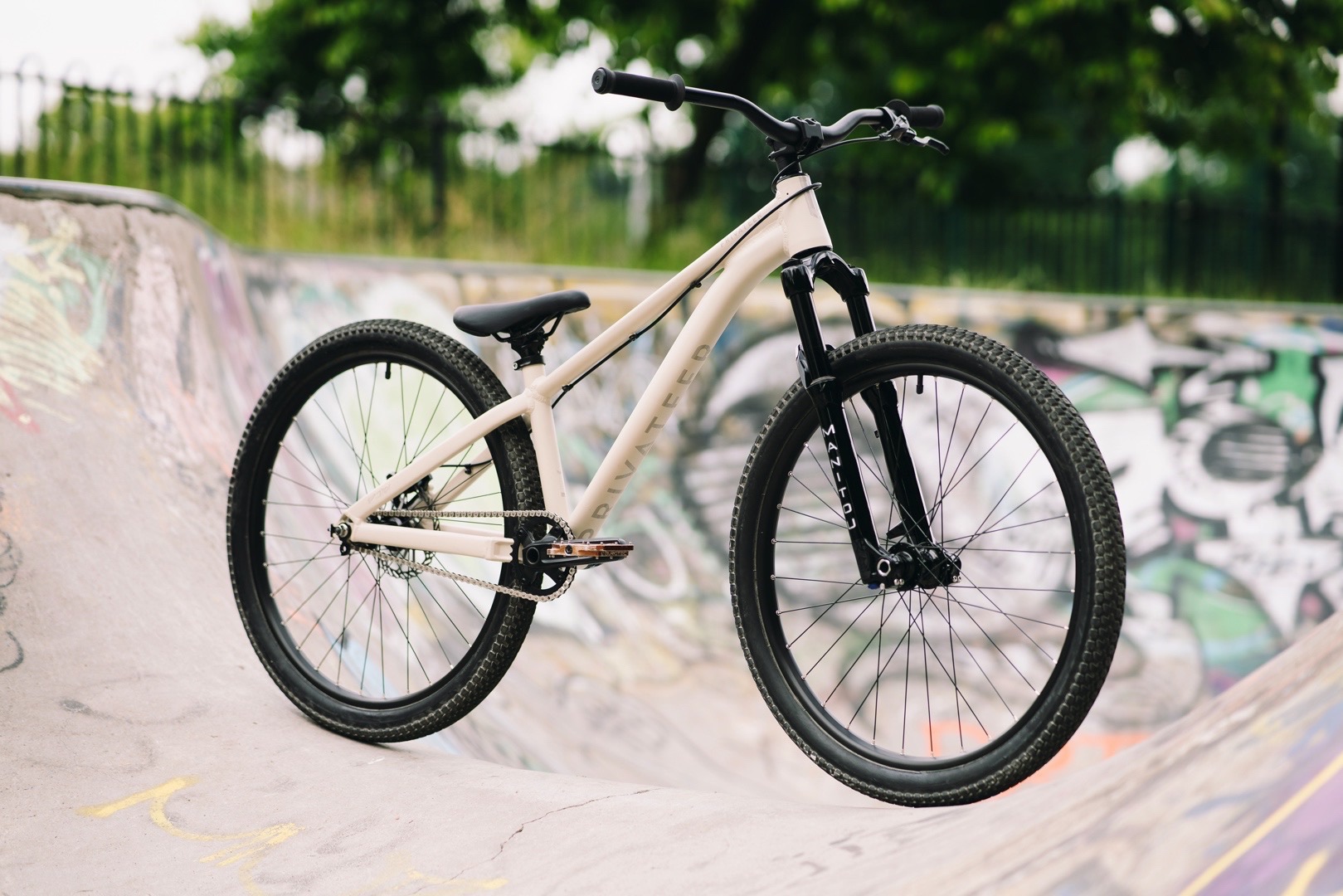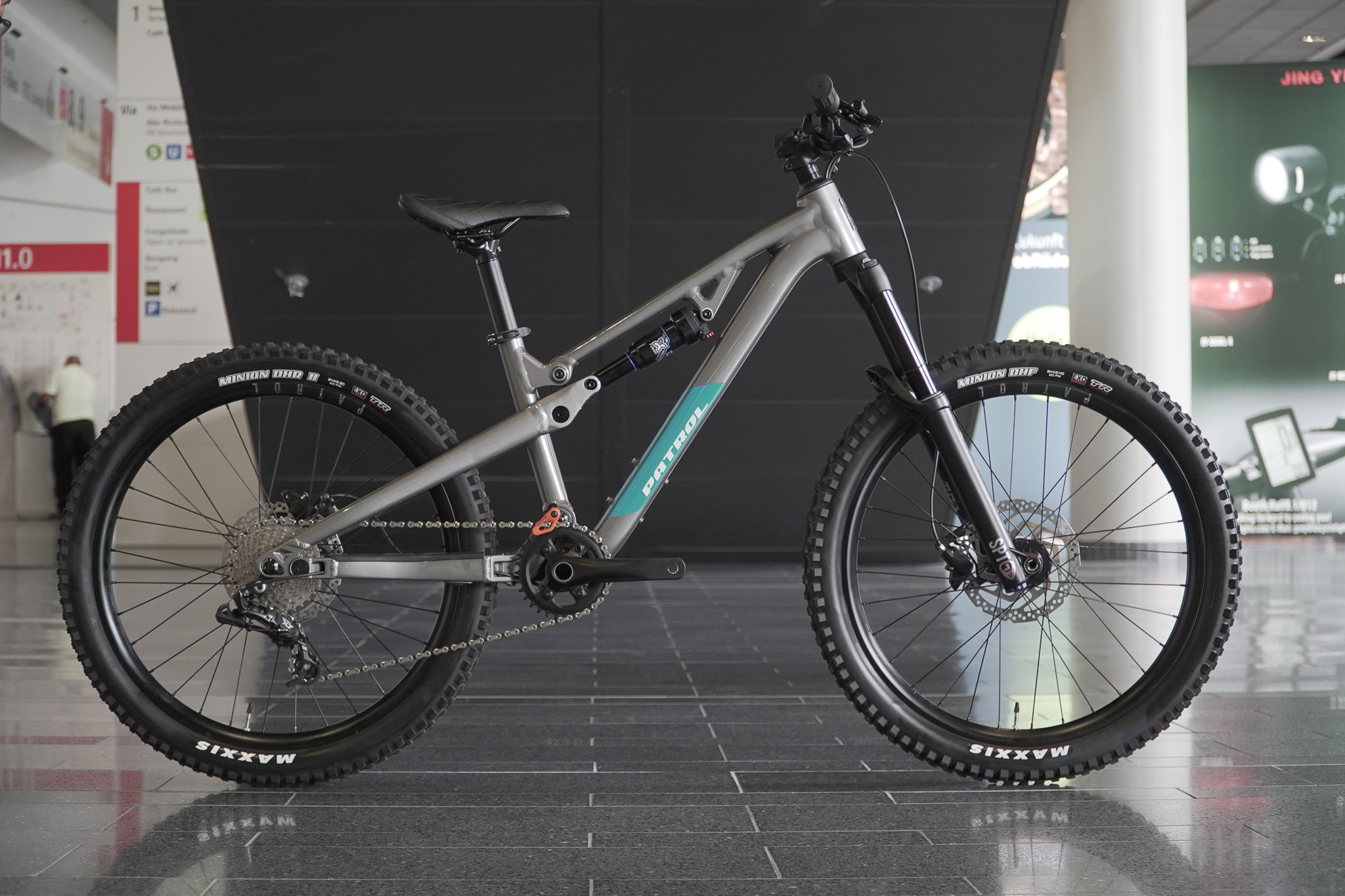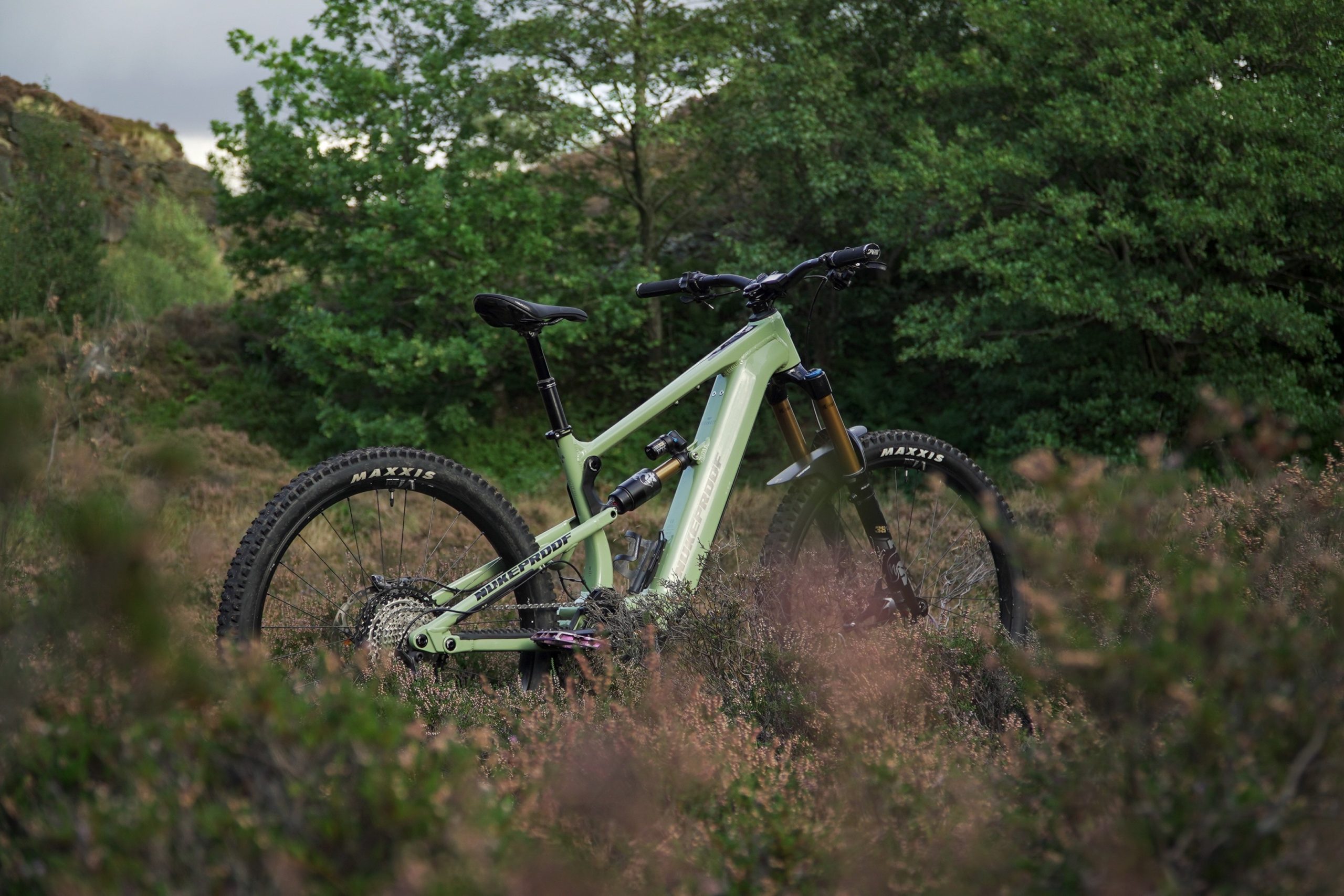Important
The information provided in the above article is intended for general informational purposes only and is not a substitute for professional legal advice. The laws and regulations regarding the use of electric mountain bikes (e-MTBs) are subject to change and may vary in different countries. It is the responsibility of the e-MTB rider to familiarize themselves with and comply with the applicable laws and regulations in their country and in any other country where they intend to ride their e-MTB. OpenAI assumes no responsibility for any errors or omissions in the information provided and makes no representations or warranties of any kind, express or implied, about the completeness, accuracy, reliability, suitability or availability with respect to the information, products, services, or related graphics contained in this article for any purpose. Any reliance you place on such information is therefore strictly at your own risk.
Electric Mountain Bike Laws and Regulations Around the World: A Comprehensive Guide

An electric mountain bike (e-MTB) is a bicycle that has an integrated electric motor and battery, which provides assistance when pedaling. E-MTBs have become increasingly popular in recent years as a way for people to enjoy mountain biking without having to push through difficult terrain. However, the use of e-MTBs is governed by different laws and regulations around the world.
Europe Electric Mountain Bike Laws and Regulations
In Europe, e-MTBs are classified as “pedelecs,” which are bicycles that only provide assistance when the rider is pedaling. According to EU regulations, pedelecs are limited to a maximum power output of 250 watts and a maximum assisted speed of 25 km/h. These regulations also require pedelecs to have a functional pedal sensor, which ensures that the electric motor only provides assistance when the rider is pedaling.
UK Electric Mountain Bike Laws and Regulations
In the United Kingdom, e-MTBs are classified as either “pedelecs” or “electrically assisted bicycles” (EABs), depending on the power output of the electric motor. Pedelecs are limited to a maximum power output of 250 watts and a maximum assisted speed of 15.5 mph. EABs are limited to a maximum power output of 750 watts and a maximum assisted speed of 15.5 mph. In the UK, e-MTBs can be ridden on public footpaths, bridleways, and cycle paths, but not on public roads or cycle lanes.
U.S Electric Mountain Bike Laws and Regulations
In the United States, e-MTBs are governed by different regulations in each state. Some states classify e-MTBs as bicycles, while others classify them as “low-speed electric bicycles” (LSEBs) or “motorized bicycles.” LSEBs are limited to a maximum power output of 750 watts and a maximum assisted speed of 20 mph. In most states, e-MTBs can be ridden on public trails, but some states have restrictions on their use in certain areas.
Australia Electric Mountain Bike Laws and Regulations
In Australia, e-MTBs are classified as “pedelecs” and are limited to a maximum power output of 250 watts and a maximum assisted speed of 25 km/h. In Australia, e-MTBs can be ridden on public trails, but some states have restrictions on their use in certain areas.
Canada Electric Mountain Bike Laws and Regulations
In Canada, e-MTBs are classified as either “power-assisted bicycles” (PABs) or “limited-speed motorcycles.” PABs are limited to a maximum power output of 500 watts and a maximum assisted speed of 32 km/h. Limited-speed motorcycles are limited to a maximum power output of 750 watts and a maximum assisted speed of 70 km/h. In Canada, e-MTBs can be ridden on public trails, but some provinces have restrictions on their use in certain areas.
Japan Electric Mountain Bike Laws and Regulations
In Japan, e-MTBs are classified as “electric bicycles” and are limited to a maximum power output of 250 watts and a maximum assisted speed of 25 km/h. In Japan, e-MTBs can be ridden on public trails, but some prefectures have restrictions on their use in certain areas.
The laws and regulations regarding the use of e-MTBs vary greatly from country to country. It is important for e-MTB riders to familiarize themselves with the laws and regulations in their area to ensure that they are riding safely and legally. In general, e-MTBs are limited to a maximum power output of 250-750 watts and a maximum assisted speed of 25-70 km/h. E-MTBs can be ridden on public trails in most countries, but there may be restrictions on their use in certain areas.





